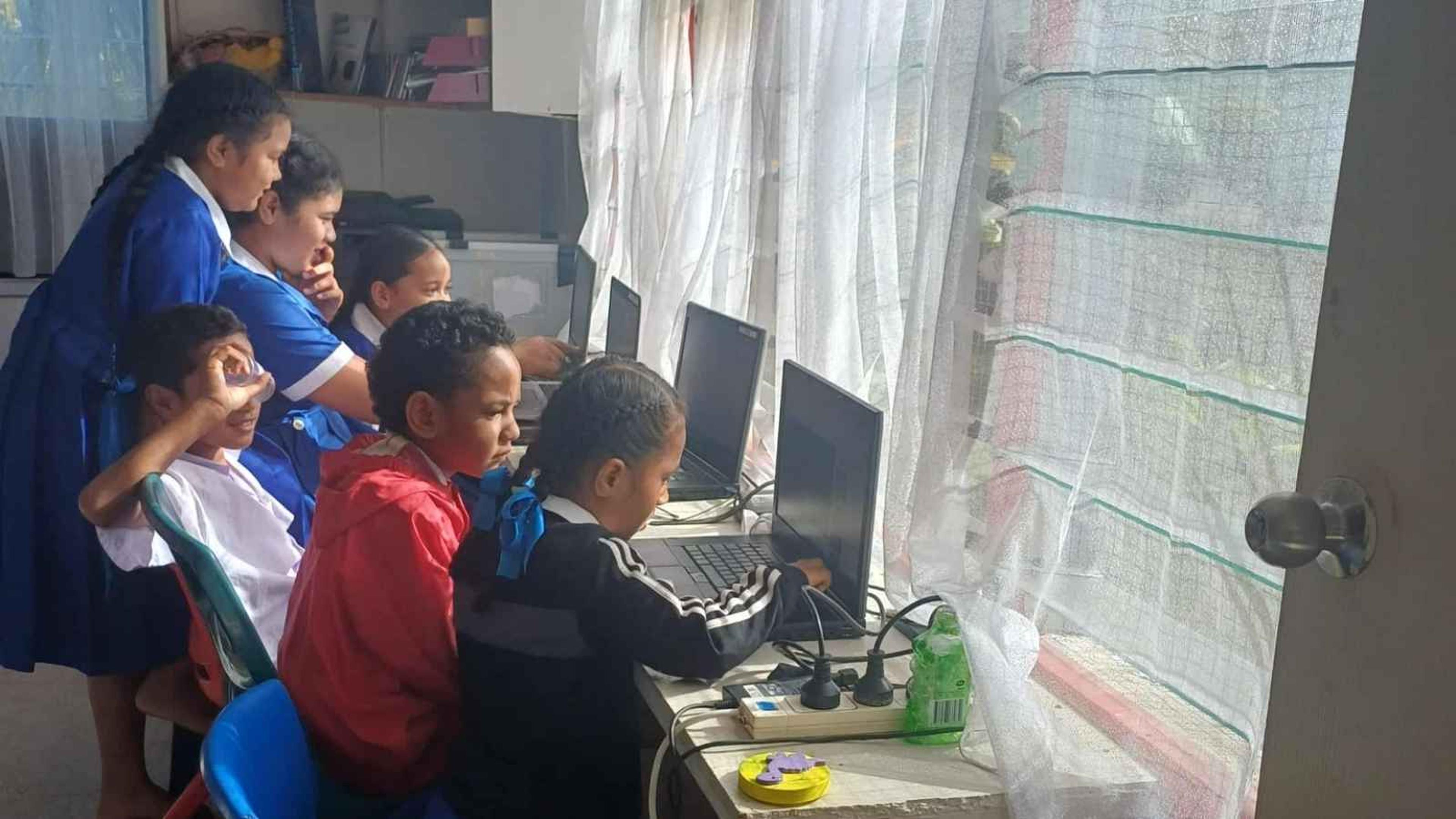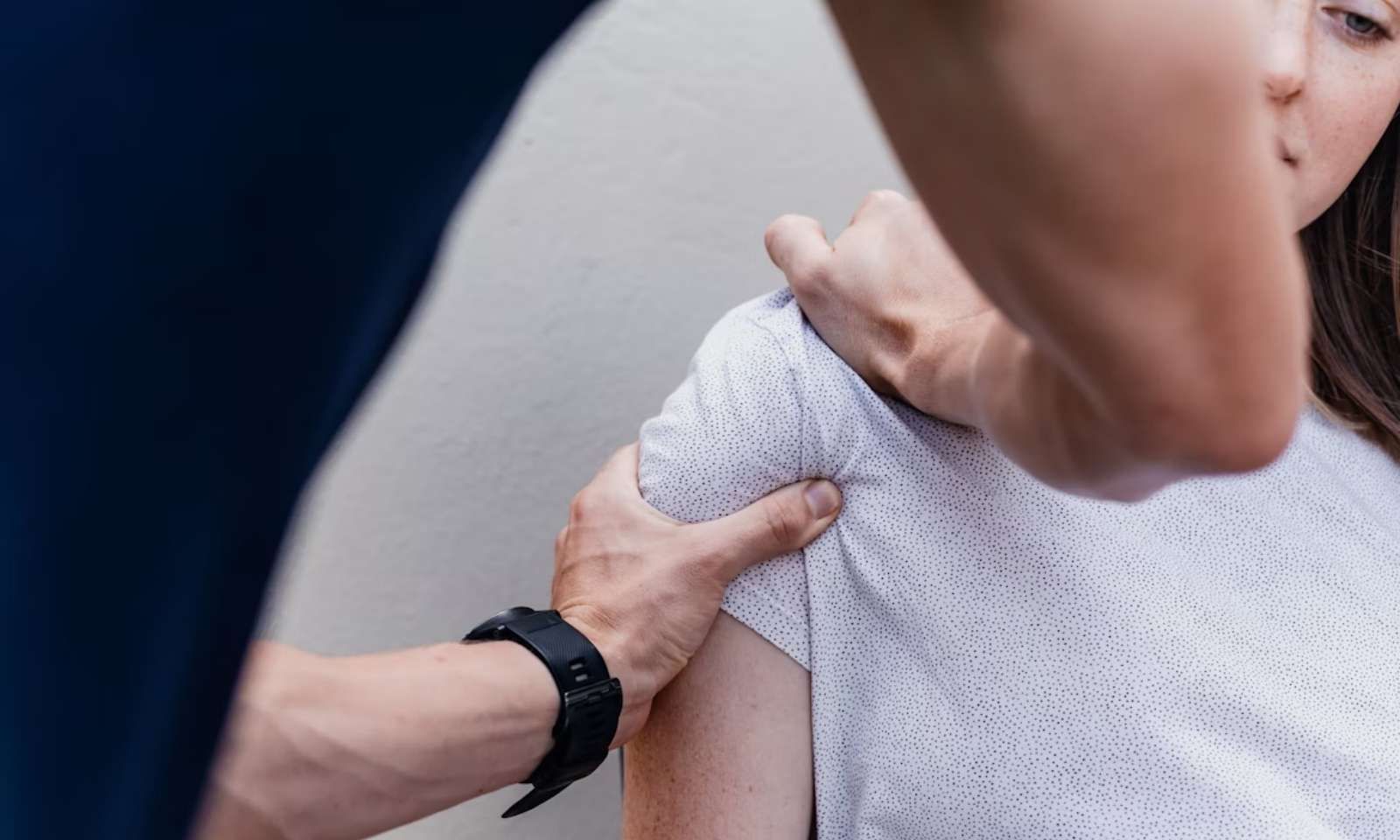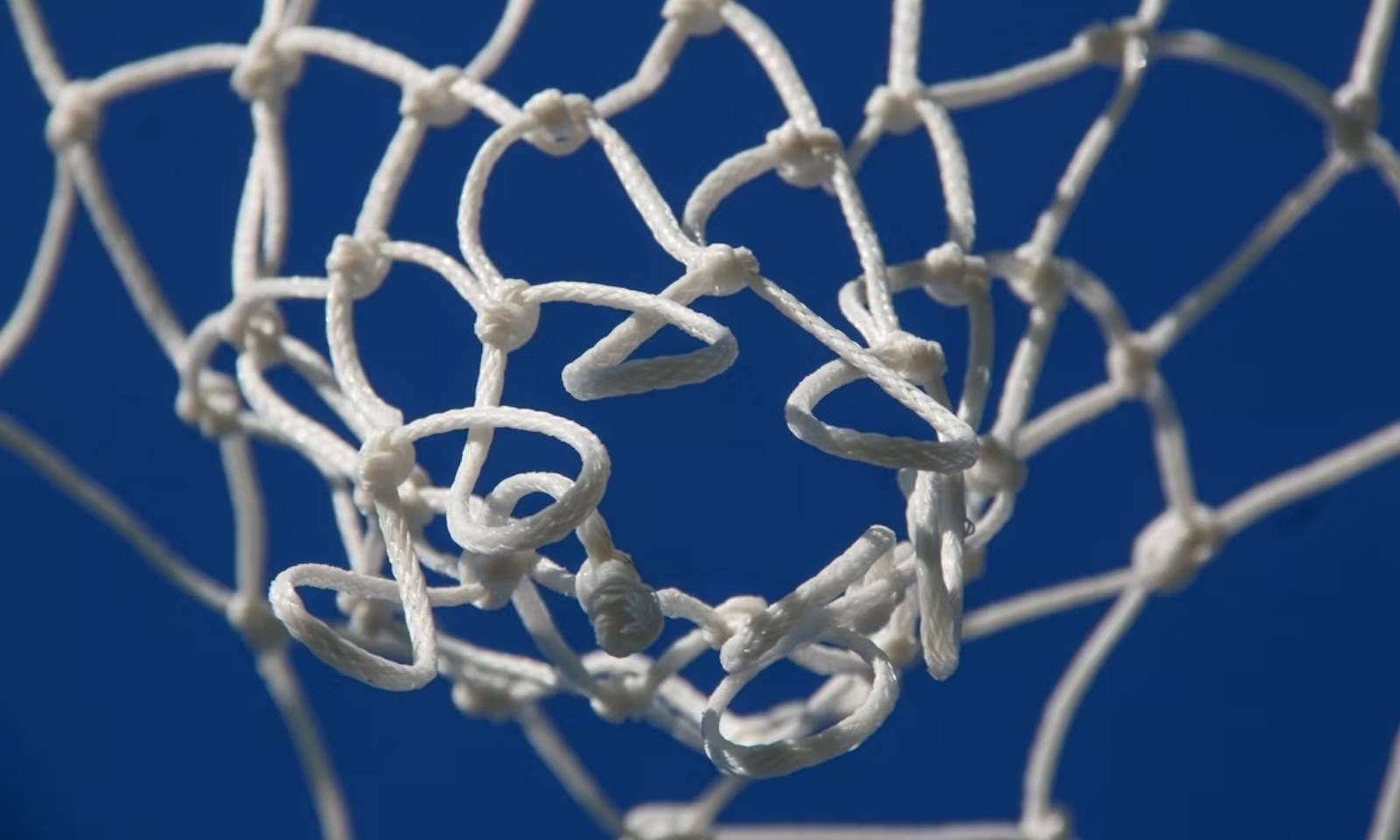

Pat Hunt’s career has spanned rugby and netball, with over three decades working as a physiotherapist.
Photo/Supplied/Unsplash
Silent heroes of sports: The Pacific physio working to keep athletes on court
Sāmoan veteran physiotherapist Pat Hunt says recognising the difference between pain and discomfort is crucial to avoiding long-term injuries.


Tonga makes historic breakthrough at Oceania Youth Chess Championship

‘A Library for the Heart of Tonga’: Building a hub for Nuku’alofa

Mental health targets risk hiding Pacific people in crisis, expert

‘I knew something was wrong’: Pacific children miss out on early hearing support

Tonga makes historic breakthrough at Oceania Youth Chess Championship

‘A Library for the Heart of Tonga’: Building a hub for Nuku’alofa

Mental health targets risk hiding Pacific people in crisis, expert
A Pacific physiotherapist with more than 30 years of experience says educating athletes to recognise the difference between pain and discomfort is vital to preventing long-term injuries.
A proud West Aucklander of Sāmoan heritage, Pat Hunt graduated from Auckland University of Technology (AUT) with a Bachelor of Health Science in Physiotherapy. His parents migrated from the villages of Le'auva'a and Vaitoloa in Sāmoa in the late 1960s.
Hunt’s motivation to pursue physiotherapy stems from his passion for athletics and rugby, and the frequent injuries associated with these sports. His own visits to physiotherapists sparked an interest in the profession.
Beyond his work at the treatment table, Hunt focuses on educating athletes about differentiating between discomfort and pain. He says identifying the difference is crucial for preventing injuries and making informed decisions.
“If you know what discomfort is versus pain, you can sort of train or play through [discomfort]. But if it's painful, then there's a mechanism of risk to getting further injury. Through my experience with the head coaches here and [Assistant Coach Rob Wright] for the Mystics, it's all about making the right choices.
“If athletes or patients can make the right choice. Being committed to their rehab programme… gradually come back into training, tick those boxes off, and then a successful return to training can mean loaded minutes to get back on the court to play."
Listen to Pat Hunt's full interview below.
“It takes that one moment where I don't want to give the other athlete a chance to take my position, I hear that a bit. So the athlete needs to realise that having one week off is good. It definitely puts on a potential of getting back on the court fully”
Over the decades, Hunt has observed that physiotherapy has become more accessible to athletes, thanks in part to research-based rehabilitation practices and better collaboration between health professionals and coaches.
He says teamwork with personal trainers and coaches is vital for ensuring that athletes smoothly reintegrate into training and stay healthy on the court.

Over the decades, Pat Hunt has seen physiotherapy become more accessible to athletes. Photo/Unsplash
Hunt’s career has spanned both rugby and netball, including roles with the Waitākere City Rugby Club, the Auckland development side, and four years with the Northern Mystics. He says the types of injuries vary between sports.
“The impact injuries involved in rugby took more of a toll on shoulders, ankles, and knees. Concussions were a big thing and treated differently back then. With netball, my involvement with the Waitākere reps and Northern Mystics.
“I noticed more impact injuries involving ankle sprains, Achilles, and fatality tinnitus. Just the lower limb impact injuries that have a toll on tendons mostly and ligaments.” He says the physical demands of netball, often described as a “non-contact sport”, can still be intense.

Pat Hunt also supports primary school and intermediate netball on the weekends. Photo/Unsplash
Hunt is equally committed to community sport, particularly youth netball. He praises the ACC’s NetballSmart initiative, led by physiotherapist Sharon Kearney, which focuses on warm-up strategies to “minimise injuries” and has been successfully integrated into grassroots and ANZ-level programmes.
“So they warm up effectively, and engage in performance, rather than going cold and not stretched and warmed up enough. Sharon Kearney’s done a really good job to implement that into our community netball scene and environment.
“The flagships of ANZ do the same sort of model. Just a role model for our younger athletes, it's a lot more effective these days.” Hunt’s advice to all athletes is simple: “Do your rehab”.